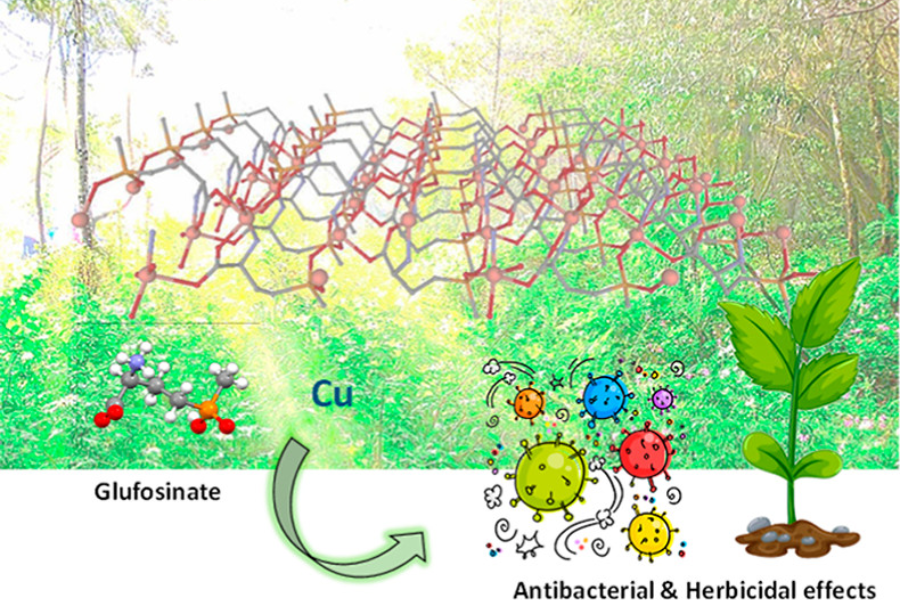AgroMOFs: improved porous materials to tackle agricultural pests
Agrochemicals, mainly fertilizers and pesticides, are fundamental compounds in agriculture, as without them it would be impossible to meet the enormous demand for food in today’s world. Although the use of agrochemicals is an ancient practice, their excessive use is currently deteriorating the quality of ecosystems, impacting public health and even leading to the development of new resistant strains.
In recent years, different strategies have been proposed in order to reduce the amount of agrochemicals needed to ensure crop protection and growth, including the development of nanomaterials capable of improving the solubility and stability of agrochemicals, releasing them in a controlled and targeted manner and improving their bioavailability and adhesion.
In this context, a new class of porous materials, known as Metal-Organic Frameworks (MOFs), has attracted increasing interest for the efficient incorporation and subsequent controlled release of active molecules. Compared to classical porous materials (carbons, silicas), MOFs have a number of advantages in agriculture, since they are highly porous, have reactive centers where different agrochemicals can interact, are stable in water and can be modified to achieve the desired properties (e.g. plant adhesion).
AgroMOFs, a promising avenue to achieve multifunctional agrochemicals
At IMDEA Energía, the Advanced Porous Materials Unit is composed of experts in the synthesis and characterization of new porous materials and their application in various fields, such as energy or the environment. In collaboration with the University of Granada, a new MOF-type material called GR-MOF-7 has been developed, based on two active ingredients: the herbicide of natural origin (glufosinate) and copper, as a nutrient and with antibacterial activity. It should be noted that this is the first time that a MOF has been synthesized using agrochemical compounds (glufosinate and copper) as precursors, which we have defined as AgroMOFs.
Firstly, and taking into account that pesticides are usually sprayed as an aqueous solution or in suspension in the fields, this work demonstrates the stability of GR-MOF-7 in water for at least five days. In addition, its agrochemical activity (bactericidal and herbicidal) was tested against two types of bacteria that cause infections in plants (Staphylococcus aureus and Escherichia coli), and the weed Raphanus sativus, an invasive species in berry crops and grapevines. GR-MOF-7 is effective against both types of bacteria, even enhancing the antibacterial activity of its individual precursors. Moreover, the herbicidal activity of GR-MOF-7 also improves on that of its precursors, as it is capable of drying out Raphanus sativus weeds in eight days, while glufosinate remains inactive.
These results highlight that the construction of herbicide- and antibacterial-based MOFs is a promising strategy to achieve multifunctional agrochemicals, opening new avenues in the safe and efficient application of MOFs in agriculture.
More information: 10.1021/acsami.2c07113




